Breaking News
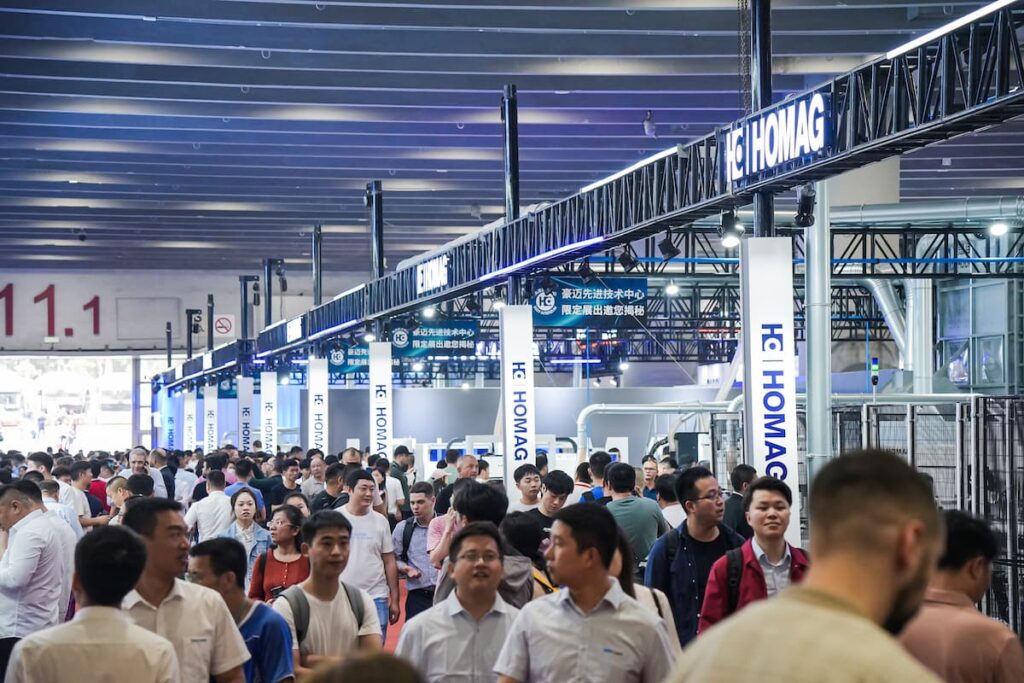



Popular News
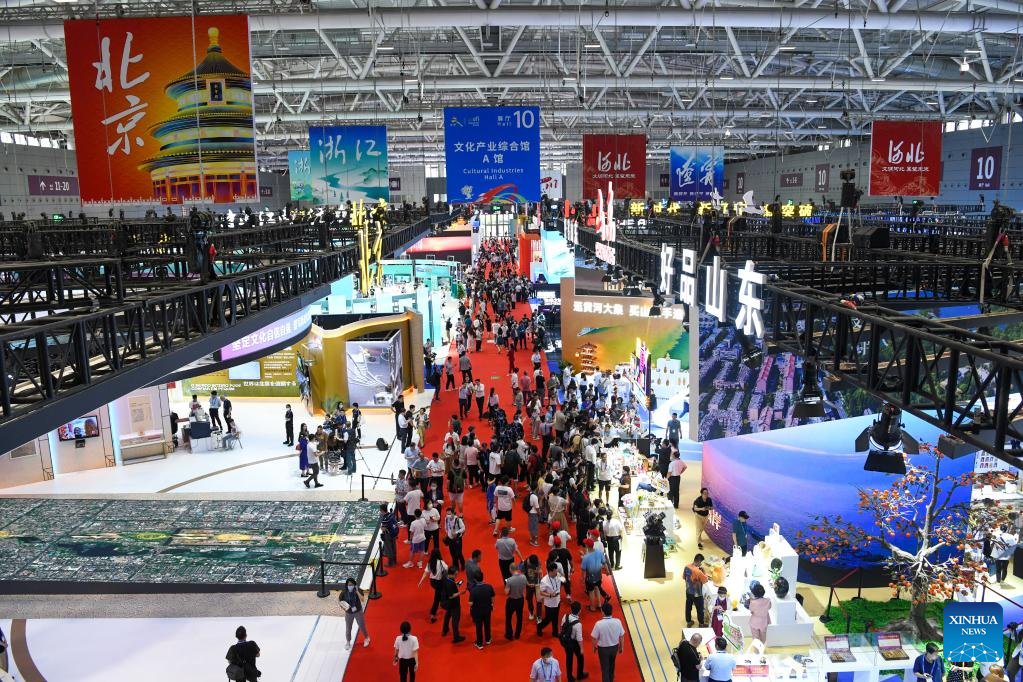












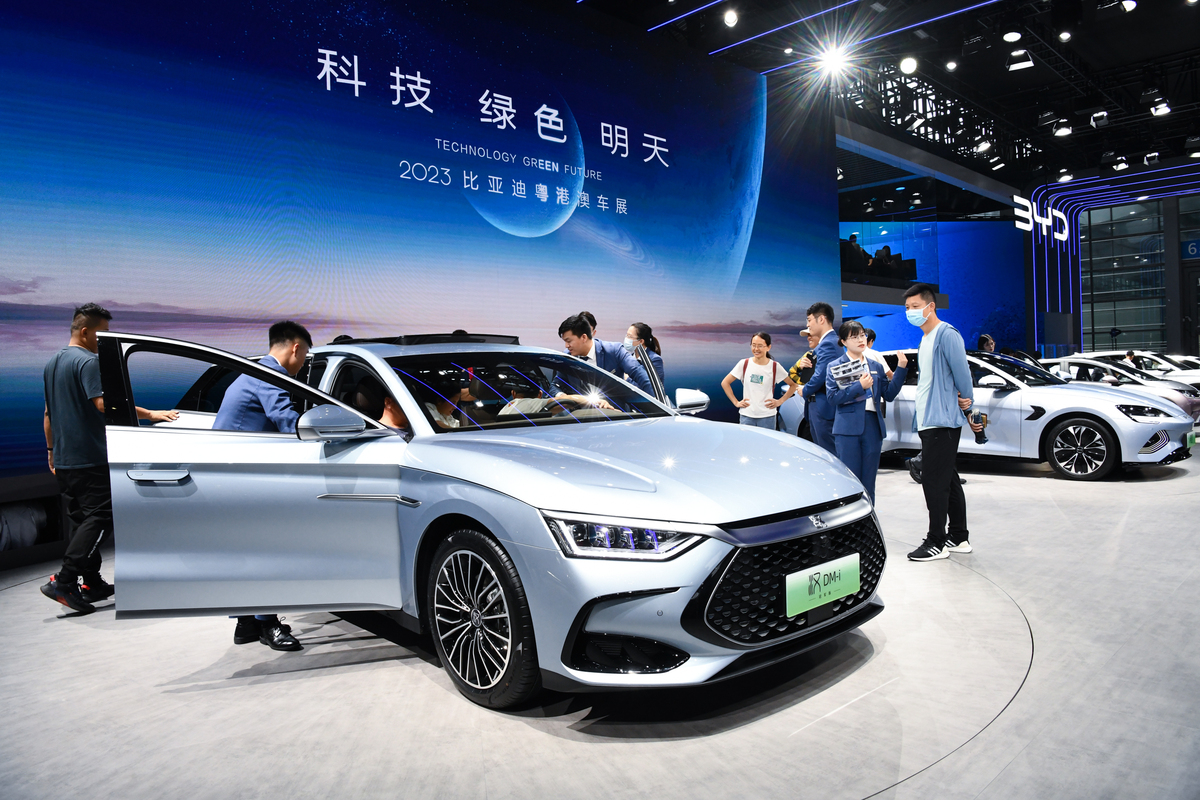
Chinese automakers expand into Europe and Latin America. How China’s car industry disrupts the global EV market and challenges Western manufacturers.
Chinese automakers are no longer just local competitors but emerging global leaders. Fifteen years ago, Chinese cars were seen as “budget options.” Today, BYD, Chery, Geely, and Great Wall are reshaping the global automotive landscape. According to the International Organization of Motor Vehicle Manufacturers (OICA), in 2023 China produced more than 30 million vehicles, nearly 32% of global output. In 2024, car exports surged by 58%, surpassing 5 million units, making China the world’s largest auto exporter, overtaking Japan.
Europe has become a key target market for Chinese automakers. The main reasons:
Example: In 2024, BYD launched an electric bus factory in Hungary and plans to build a full-scale EV plant in Europe by 2025.

Latin America is another fast-growing region for Chinese automakers. The reasons are clear:
Fact: In 2024, China became the largest car supplier to Mexico, overtaking both the U.S. and Japan.
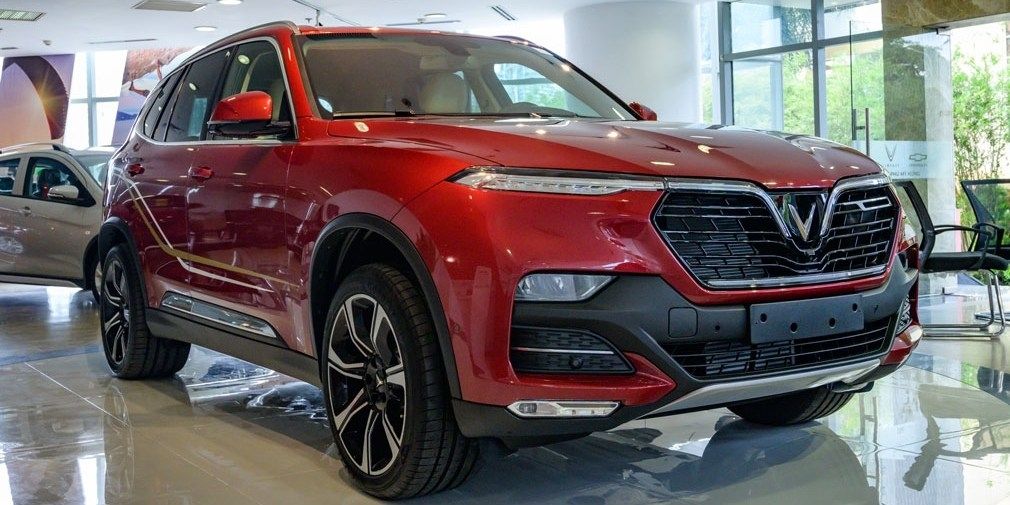
Electric vehicles are at the heart of China’s auto strategy.
BloombergNEF forecasts that by 2030, Chinese EVs could hold 20% of Europe’s market and over 30% of Latin America’s.
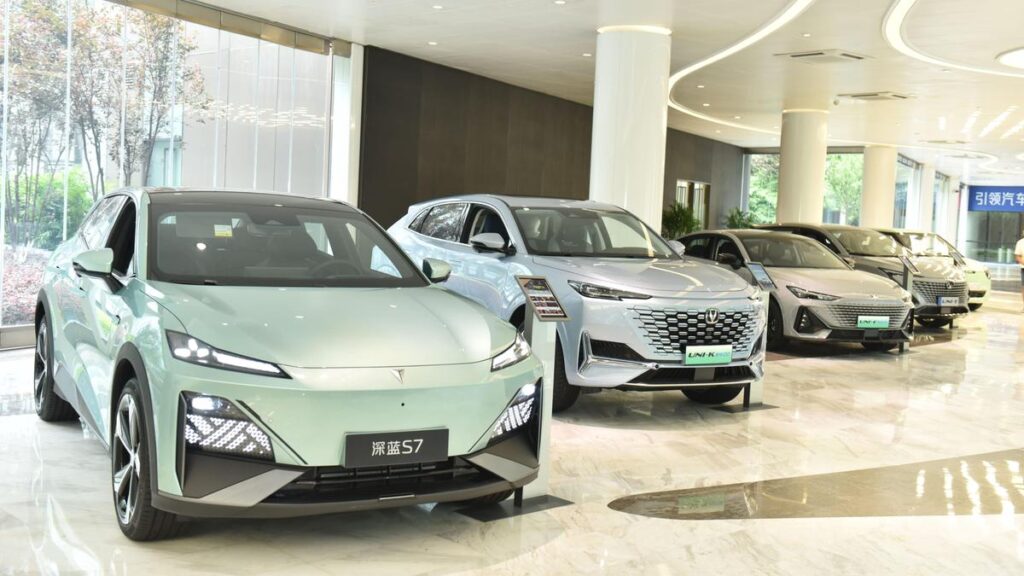
China’s rapid rise is not without tension. In 2024, the European Commission launched an investigation into Chinese state subsidies for EVs, fearing “auto-dependence” similar to past reliance on Russian energy. In Latin America, local manufacturers also warn of unfair competition from Chinese brands.
Still, consumer demand for affordable EVs and hybrids is forcing governments to balance protectionism with market growth.
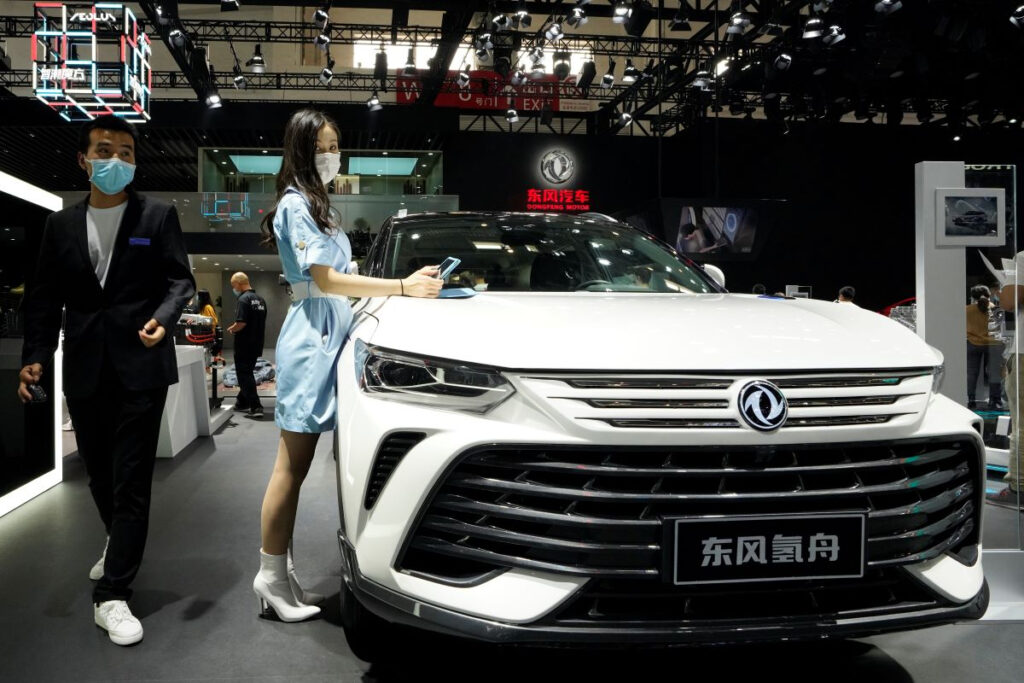
For consumers, Chinese automakers bring affordable, high-tech EVs to the market. For investors, they open access to one of the fastest-growing industries. The rise of China’s car industry means:
1. Why are Chinese automakers successful in Europe?
Because they offer lower prices, competitive EVs, and invest in local production.
2. What makes Latin America attractive for Chinese carmakers?
Fast-growing demand, lower competition, and strong price competitiveness.
3. Which Chinese companies lead the expansion?
BYD, Chery, SAIC (MG), Geely, and Great Wall.
4. Are local industries worried?
Yes, both Europe and Latin America face pressure on local manufacturers.
5. What’s next for Chinese automakers?
Higher EV market share in Europe and Latin America, new plants, and wider model ranges.